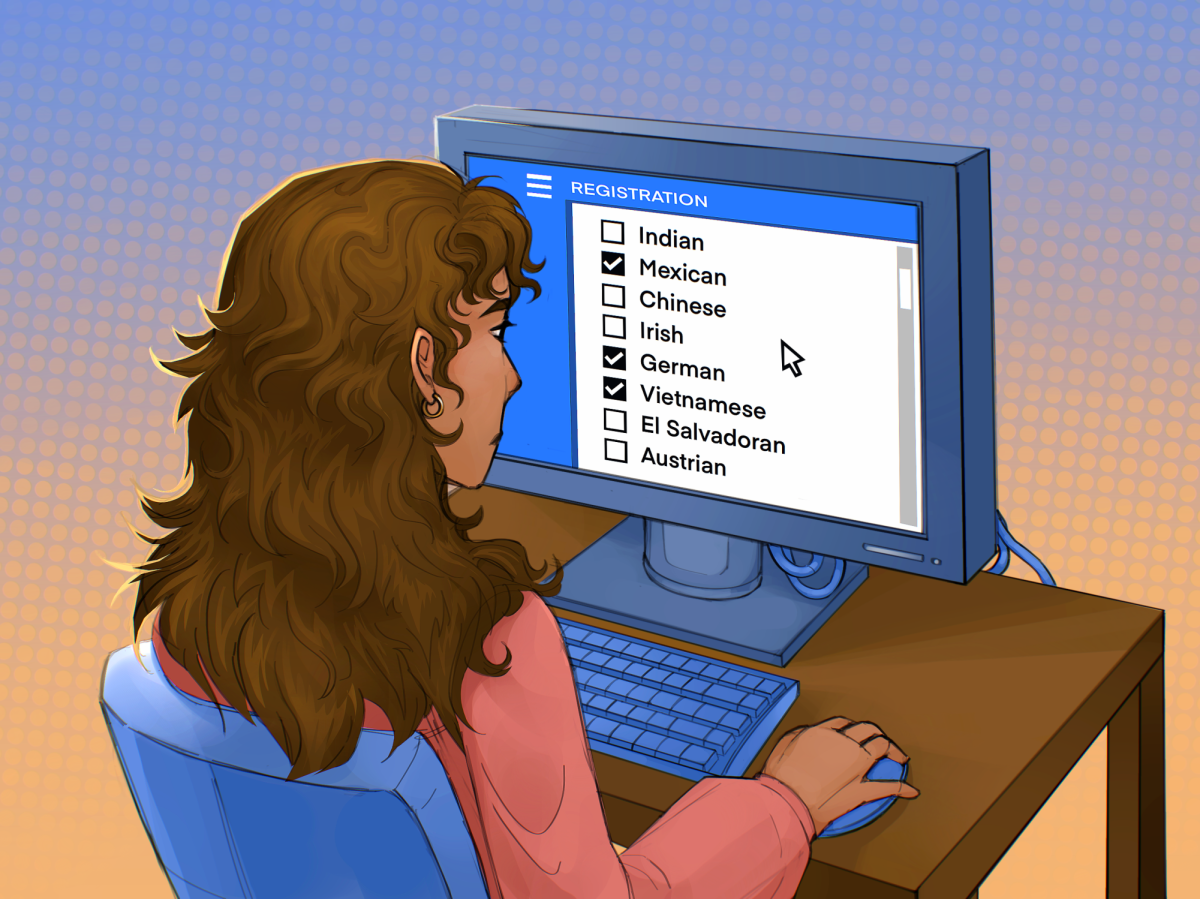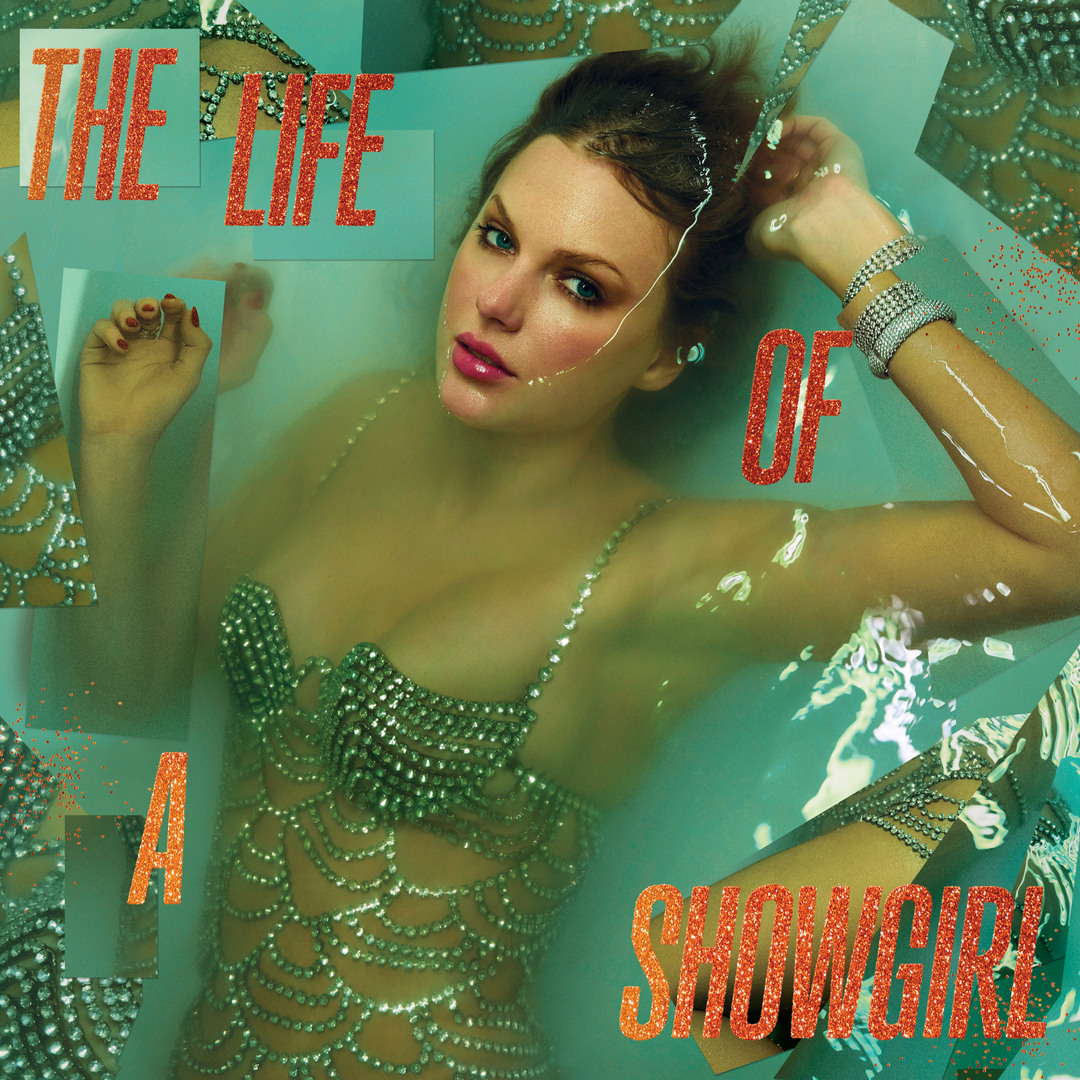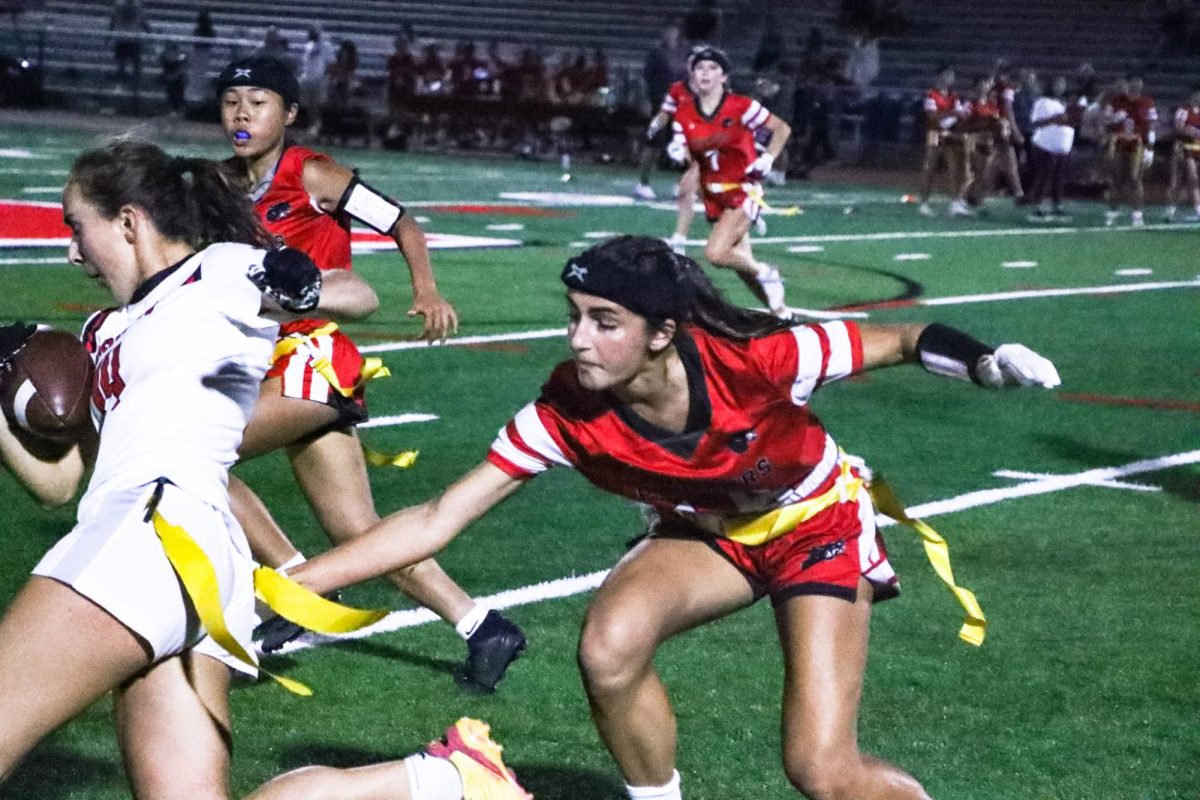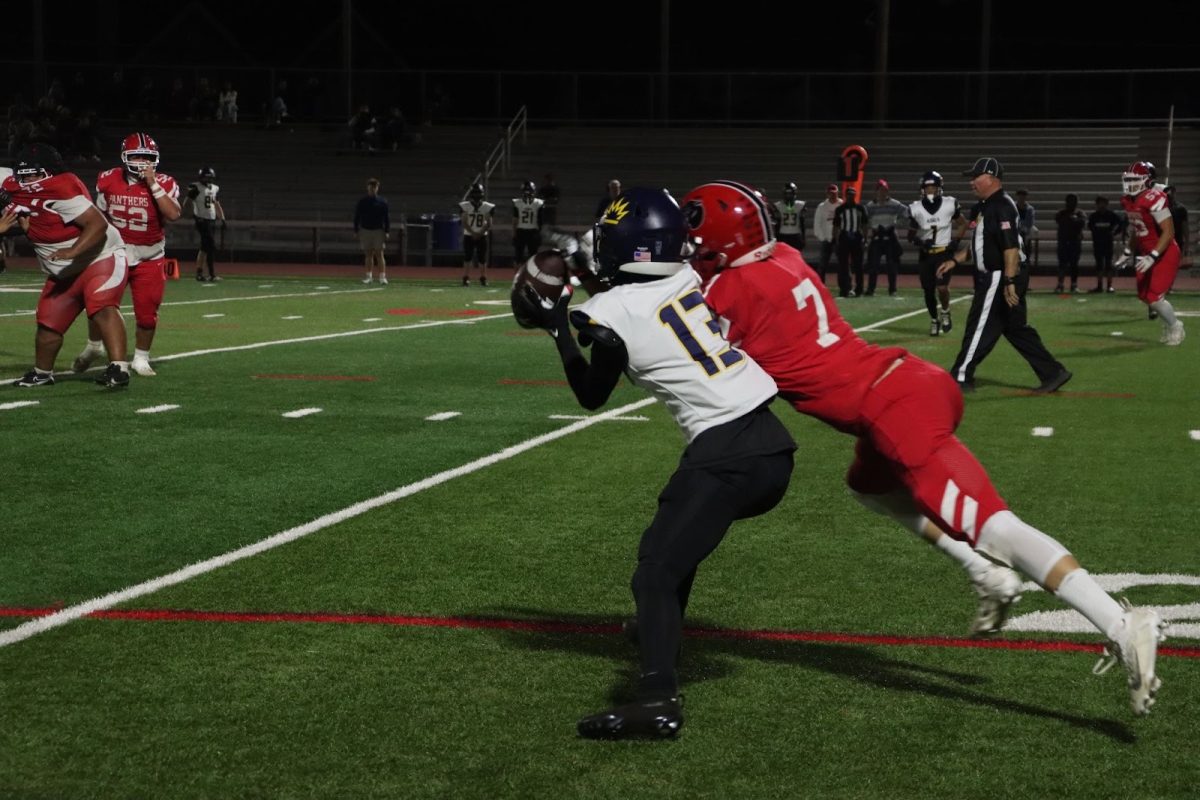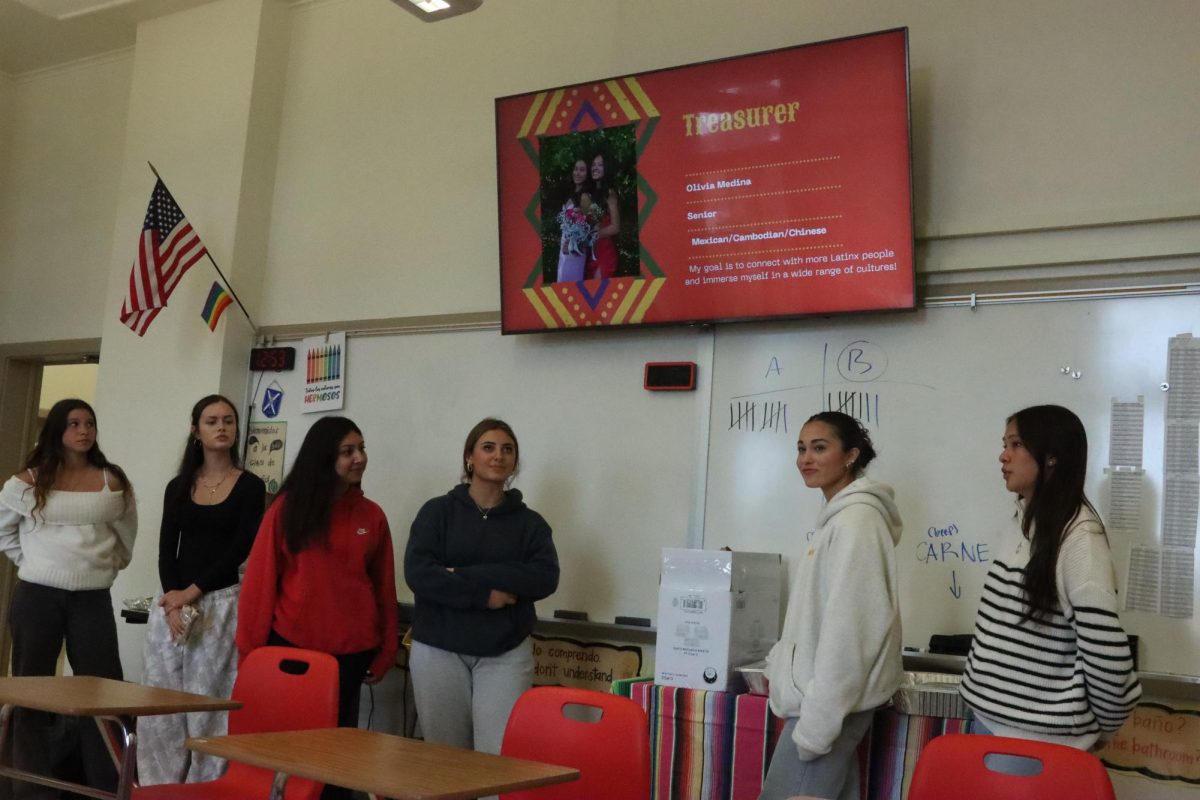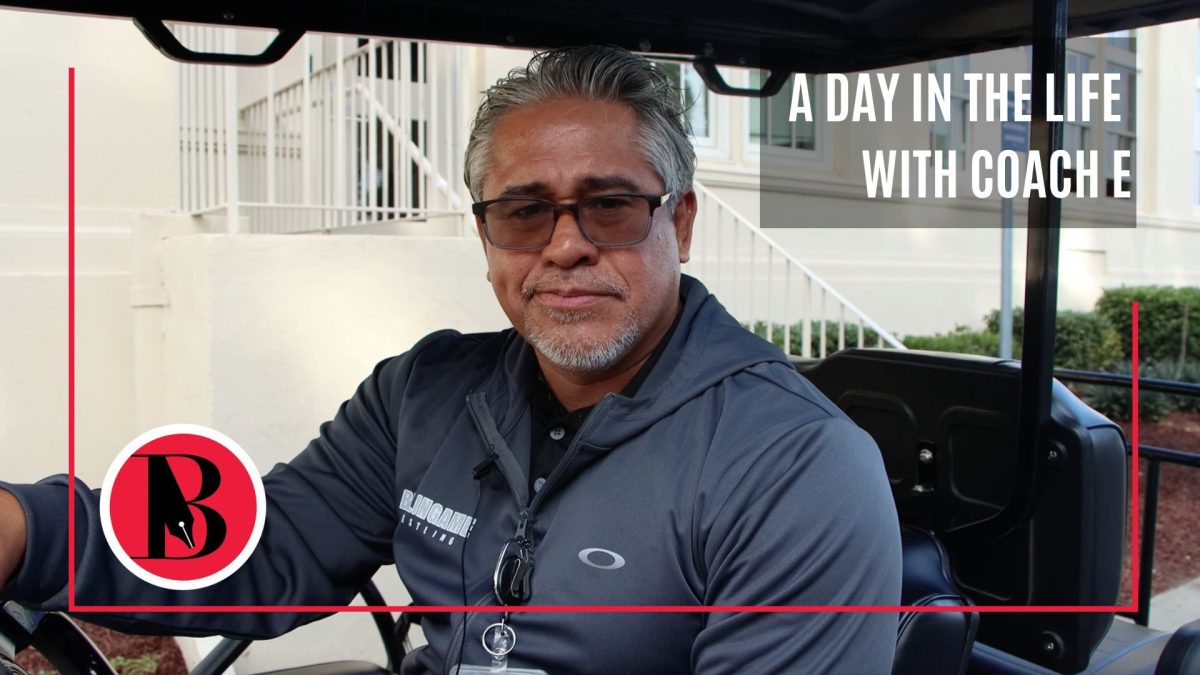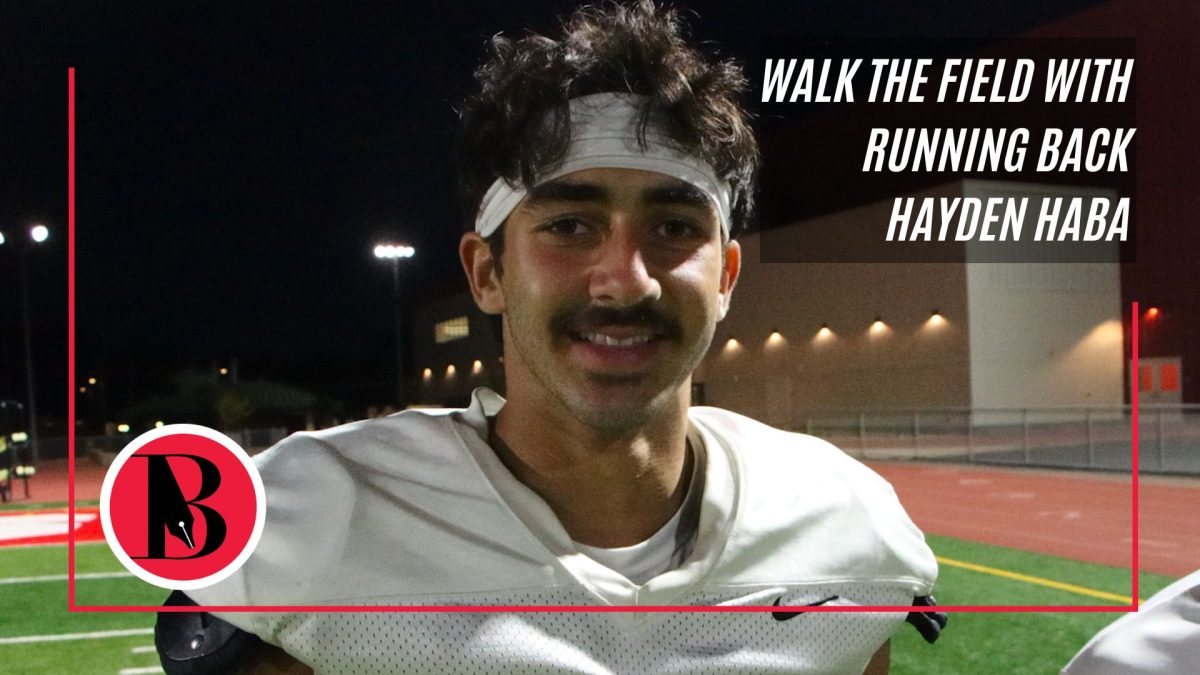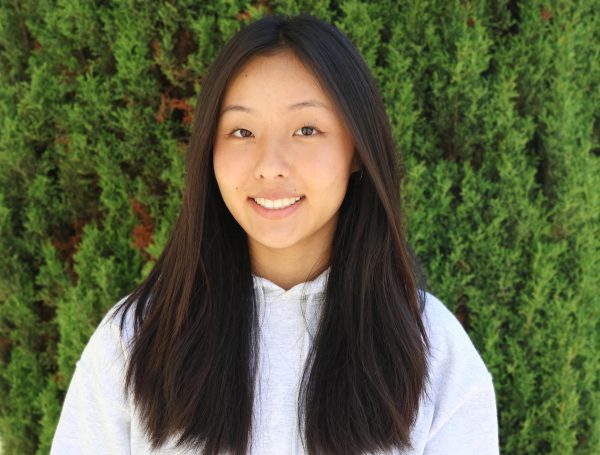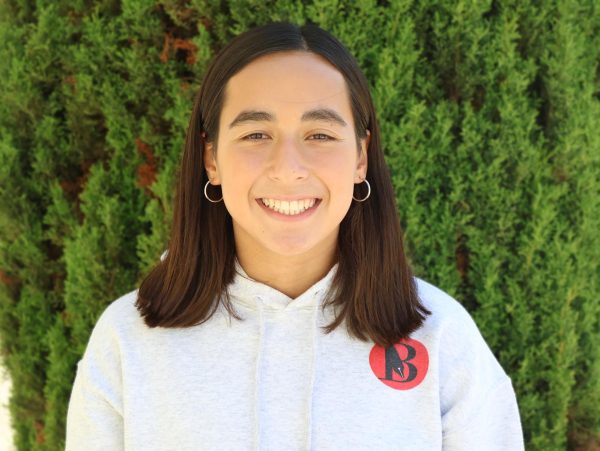When senior Olivia Medina filled out the Common Application, she paused at the race and ethnicity section. Medina checked the boxes for the ethnicities she identifies with by blood: Mexican, Chinese, and Cambodian. However, she said she felt reluctant to mark Vietnamese, even though she was raised in the culture with her family.
“I do speak [Vietnamese], and I do share the culture with them, but it’s not technically a part of me,” Medina said. “So I haven’t checked the Vietnamese box on Common App, but I do think about it.”
In 2023, the Supreme Court ruled that affirmative action is unconstitutional in the Students for Fair Admissions v. Harvard case, eliminating race-based admissions at universities. After the ruling, the Common Application made the race and ethnicity section optional, leaving some students uncertain whether to check a box.
For students like Medina, whose multiracial identity is less common in the applicant pool, choosing to check one or more boxes can pose a more complicated question.
“Sometimes it will ask, ‘Do you resonate with any of these Latinx ethnicities?’” Medina said. “… Sometimes they don’t have that question, or they don’t offer all the ethnicities, so sometimes I just don’t put it, just because I feel like it’s easier for me to not.”
At Burlingame, students identifying with multiple races made up 11.5% of the student population as of the 2025-2026 school year. Despite this, in his 10 years as the college and career advisor, Jonathan Dhyne said few students have asked him for advice on the race and ethnicity section of the Common Application.
Dhyne advises students to provide information that resonates with them the most.
“When you’re submitting a college application, you just want to make sure you’re putting the truest version of yourself forward, right? And so if you feel like it is important to share that information, then by all means, report it as you know how it best connects to your identity,” Dhyne said.
Senior Ravi Krishnan, who marked Indian and White on his Common Application, said representing his mixed-race identity was important because it significantly influenced his upbringing.
“My identity has been a big part of my life,” Krishnan said. “And it’s something I’ve had to learn to deal with, even though it doesn’t impact me that much anymore, like it used to. And I hope [colleges] see that growth as a positive.”
In his essays, Krishnan wrote about his ambivalence toward his identity. While he identifies more with his Jewish side, Krishnan said he doesn’t fit the “expected” description of someone Jewish.
“I didn’t feel like I was able to conform to either of them or any of my identities, and that was the issue,” Krishnan said. “I don’t look like the stereotypical Jew, and I don’t look like the stereotypical Indian.”
Next fall, junior St. Claire Mendoza plans to fill out the Common Application. Like Krishnan, she said she doesn’t fit the typical “look” of someone who is El Salvadorian, Irish, German, and Austrian. Mendoza added that she isn’t strongly connected to the Hispanic side of her identity and feels she leans more toward her European heritage.
“I don’t feel like I look mixed,” Mendoza said. “And this doesn’t really come up that much in conversation. The only Hispanic thing about me is really my last name and a few traditions that my dad’s side of the family does for the holidays.”
Medina said because she “look[s] more Asian than Mexican,” it is harder to balance representing both her Hispanic and Asian heritage while feeling a sense of belonging.
“Because I am mixed race, it kind of makes it hard for me to feel like I fit in and stuff like that. So in those situations, I do think about it. Not question my ethnicity, but it’s just kind of like I don’t really know where I lie in scenarios like that,” Medina said.
While colleges are not allowed to consider race in admissions, some universities encourage students to write about their cultural identity.
“It’s dicey territory, because they took away affirmative action, but people are writing about their race,” Medina said. “Still, if I were to write about my race, I think it would give me an advantage and probably have a lot to do with my admissions.”
Though Krishnan opted to write about his mixed-race identity in his essays, he said he understands that others might feel differently. Still, he sees essays as an opportunity for students to express themselves more meaningfully in their applications.
“It’s different for everybody, and everybody’s experience is different, but I feel like they could definitely do it in their essays,” Krishnan said. “I feel like it’s a great way to show experiences. Checking a box shows one thing, but showing experiences through essays is a great way to be more detailed and show how it actually impacts them.”






